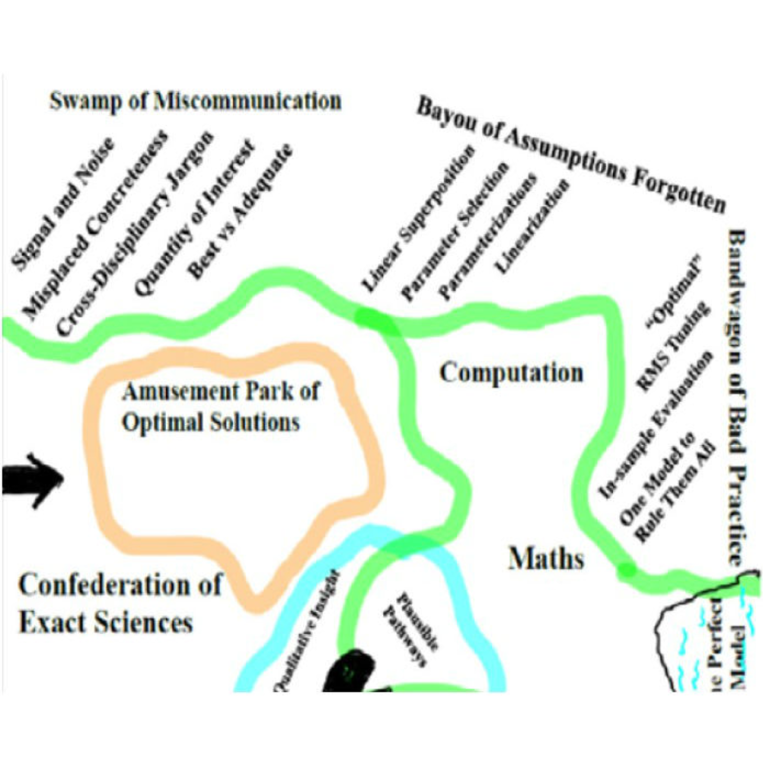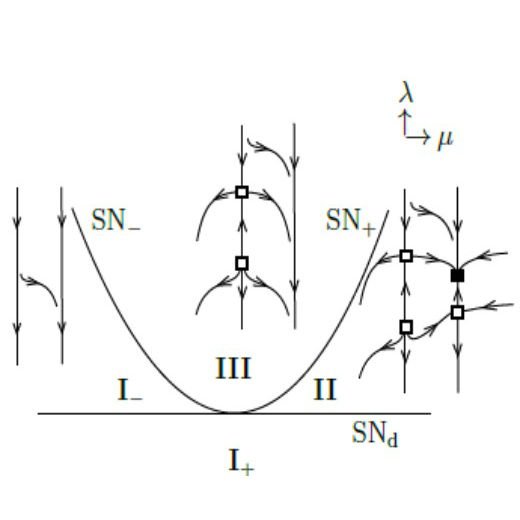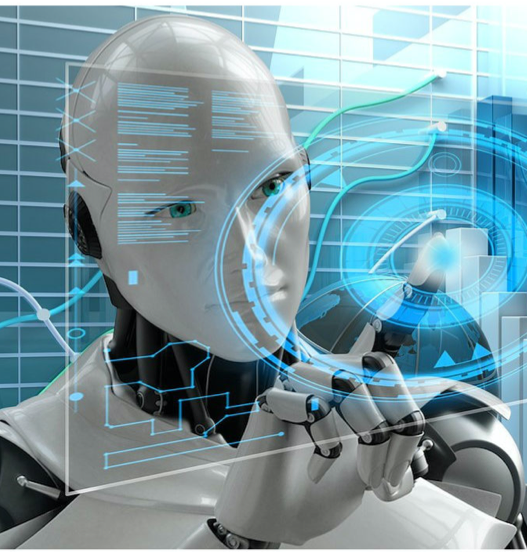Blog
-
A percolation model for the emergence of the Bitcoin Lightning Network
Posted on
by
The distributed ledger system known as blockchain has triggered a revolution in the payments industry, and is the technological infrastructure underlying cryptocurrencies such as Bitcoin. Even so, the blockchain concept itself faces some limitations which may hinder its future growth and adoption.
-
Approximate Uncertain Programs
Posted on
by
Uncertain programs are optimization problems involving uncertainties in constraints or objectives. In the past few decades, such programs have been applied in areas from economics and management to automotive control and machine learning.
-
General resource: useful articles on the SARS-CoV-2 coronavirus pandemic (last updated 8 April 2020)
Posted on
by
This blog post lists some further articles and scientific papers which may be of interest in following the unfolding coronavirus epidemic. It has been assembled from suggestions made by LML Fellows and associates.
-
General resource: useful articles on the SARS-CoV-2 coronavirus pandemic (last updated 31 March 2020)
Posted on
by
This blog post lists a number of articles and scientific papers which may be of interest in following the unfolding coronavirus epidemic. It has been assembled from suggestions made by LML Fellows and associates.
-
General resource: useful articles on the SARS-CoV-2 coronavirus pandemic (last updated 24 March 2020)
Posted on
by
This blog post lists a number of articles and scientific papers which may be of interest in following the unfolding coronavirus epidemic. It has been assembled from suggestions made by LML Fellows and associates.
-
Escape from model-land
Posted on
by
Policy makers in areas ranging from public health to weather forecasting or economics rely on mathematical models to inform their decisions. As models grow more complex and powerful, one might expect, they should contribute to better decisions.
-
Machines learn from biology, the speed of coronavirus and how to build an ethical self-driving ca
Posted on
by
Here are links to a few recent articles by LML External Fellow Mark Buchanan.
-
Bifurcations on Fully Inhomogeneous Networks
Posted on
by
One of the most powerful methods of bifurcation theory is centre manifold reduction, in which a judicious coordinate change greatly simplifies the analysis of dynamical systems in the vicinity of a bifurcation point.
-
Superextreme Waves Generation in the Linear Regime
Posted on
by
So-called extreme or rogue waves are large amplitude waves which appear unpredictably in optical and acoustic systems, in plasmas, as well as in quantum physics and in hydrodynamics.
-
Should We Be Afraid of Artificial Intelligence?
Posted on
by
Economists worry about the impact that artificial intelligence (AI) technology could have as it begins to displace human employees, especially those in entry-level jobs such as data entry, customer service or retail.










